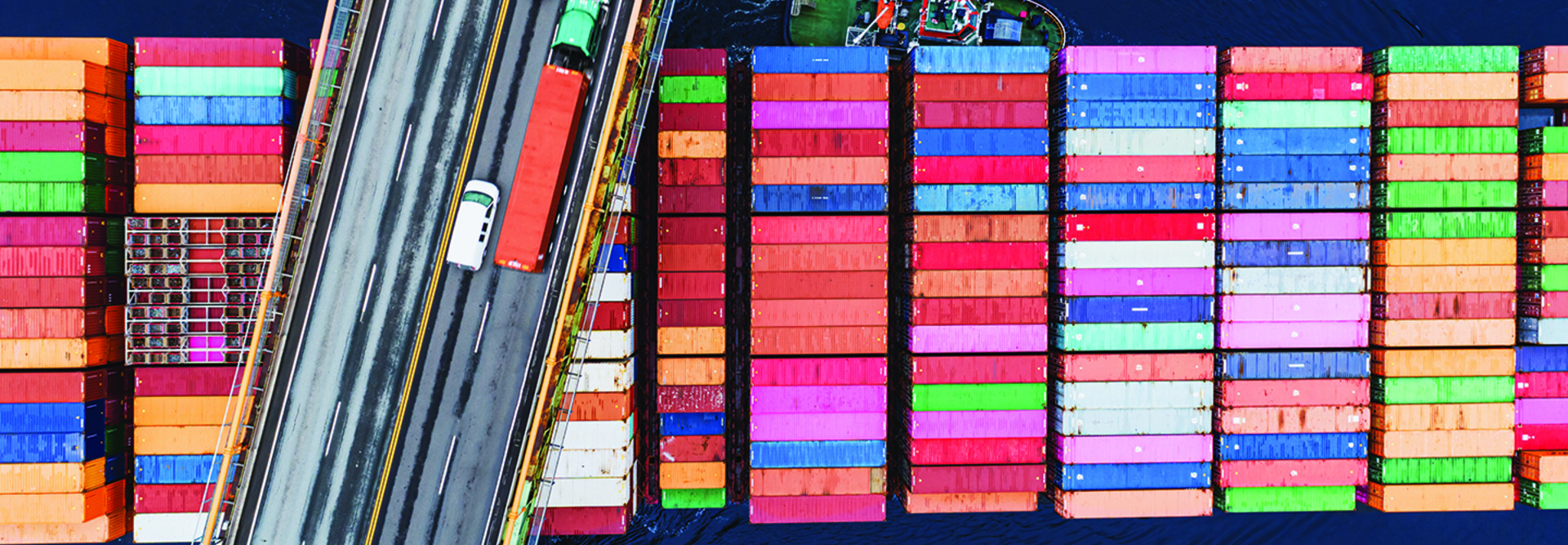Two Imperatives For a Reliable Supply Chain
From that wide-angle perspective, two imperatives come into focus. One is the need to understand and mitigate structural supply chain risks. This includes rebalancing supply sources and eliminating single points of failure so the production of key goods like semiconductors and the materials that compose them, for example, is more globally distributed and less prone to bottlenecks caused by a single plant closure or other disruption.
Businesses are harmed when a single critical supplier goes offline. That’s why it’s vital that they can receive supplies from a variety of manufacturers. The semiconductor shortage is a tricky problem because many device manufacturers are affected by it; whether supply-chain challenges impact one or several suppliers, businesses are best served when they can access technology from as many as possible. Governments can also play an important role by providing incentives for companies to move semiconductor fabrication plants to places that are less exposed to political, economic and climate risks.
The second imperative is to make supply chains more resilient. It’s time to stop optimizing for cost alone.
A supply chain that’s been optimized primarily for cost and efficiency, not for flexibility and transparency, can’t really be efficient if it doesn’t deliver products, provide insight about when inventory will arrive or readily shift to alternative pathways to get goods where they need to be. If the cost of losing customers and their business is factored into supply chain decisions, the overall equation may well change.
MORE ON SUPPLY CHAINS: What's needed to support omnichannel retail.
Technology, collaboration and a bit of mindset adjustment can transform these shortcomings into strengths. The process starts with realizing that no company can do business alone. A deep network of suppliers and other partners is critical to delivering goods according to customer expectations.
How Tech Can Help Stabilize the Supply Chain
Another key to resilient supply chains is synchronized planning and execution — and that’s where technology comes in. When planning is connected to shop floor operations and informed by modeling tools that rapidly simulate supply chain scenarios, adjusting and executing become second nature, even under extreme conditions. To get there, organizations need solutions such as Big Data analytics and real-time inventory management.
Industry 4.0 approaches — including a heavier reliance on data collected from across the enterprise by connected assets in the Industrial Internet of Things — improve real-time insight and automate processes, minimizing disruptions. Machine learning, for instance, can identify patterns in supply chain data and predict disruptions before they impact business.
Ultimately, when businesses and their supply chains act collaboratively and sustainably and demonstrate they can use data-derived insight to overcome disruption and consistently deliver the right goods to the right places at the right time, the bike store employee and I can talk about cool bikes again rather than the complex processes that bring them to the store.











